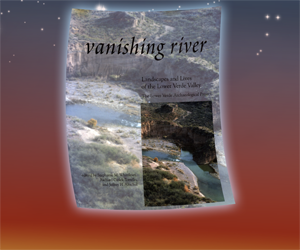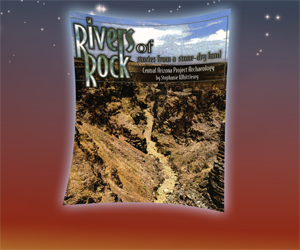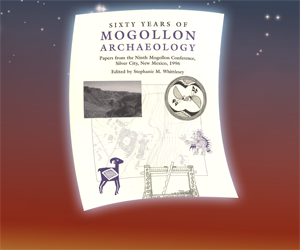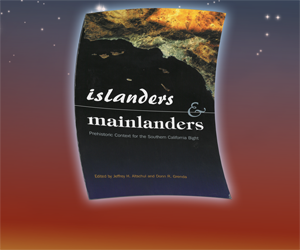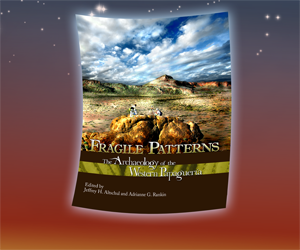Significance Evaluations for Three Cultural Resources on the Ditz-Crane Mission Creek Property, Riverside County, California
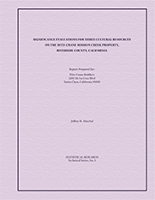
By Jeffrey H. Altschul
Technical Series 5
131 pp. / 1986
Limited archaeological testing and archival research were conducted on three cultural resources located along Mission Creek in Riverside County, California. All three resources are located on land formerly belonging to the Mission Creek Indian Reservation. Two of the resources, the Kitchen/Thomas settlement complex and a subterranean stone structure, were occupied by former residents of the reservation during the early portion of the twentieth century. The third resource, CA-RIV-269, consists of six discontinuous midden areas, an Indian Historic Cemetery, three bedrock mortar complexes, two rock wall features, two rock pile features, and numerous isolated grinding slicks. The site encompasses an area of about 30,000 square meters located adjacent to Mission Creek. Five of the midden areas date to the Late Prehistoric period, and the sixth midden area and the cemetery probably date to the late nineteenth century.
The two historic resources were deemed ineligible for inclusion in the National Register of Historic Places largely because previous work had not established an adequate context from which to argue that these properties as opposed to other contemporaneous properties on the Project Area should be the only ones evaluated. Instead of recommending an indeterminate status and therefore more work at these specific properties, an alternative mitigative approach was developed that calls for an in-depth archival study of the Mission Creek Indian Reservation to be complemented by additional testing at the Kitchen/Thomas settlement complex.
Site CA-RIV-269 was determined eligible for inclusion in the National Register of Historic Places. A mitigative plan was developed which combined aspects of avoidance and protection with sample data recovery and capping. Specifically, it was recommended that the Indian Historic Cemetery be avoided and protected. If this is not feasible, complete excavation of the burial features and reburial of all human remains at Morongo Indian Reservation were advised. A 2 percent sampling approach, focused on excavating cultural features, was recommended for each midden area. Data recovery at the middens should be followed by capping the resources prior to development.

